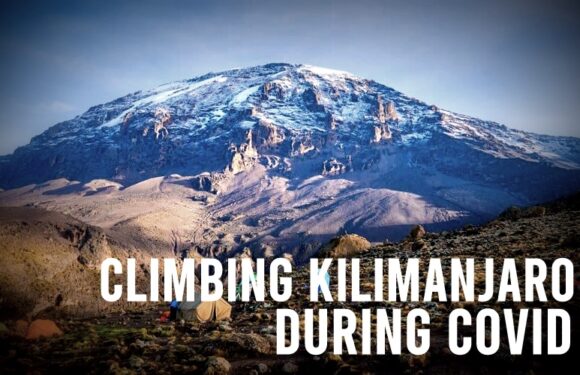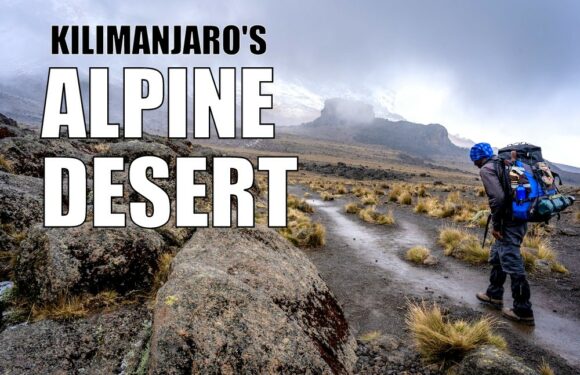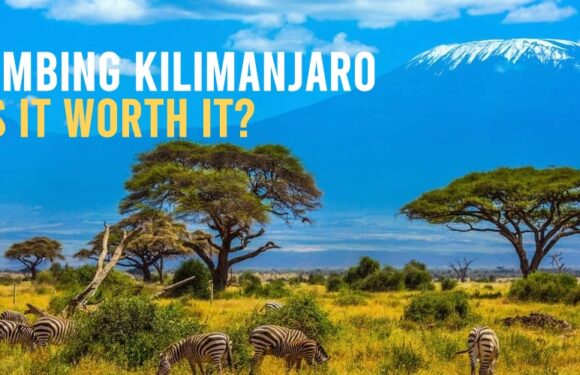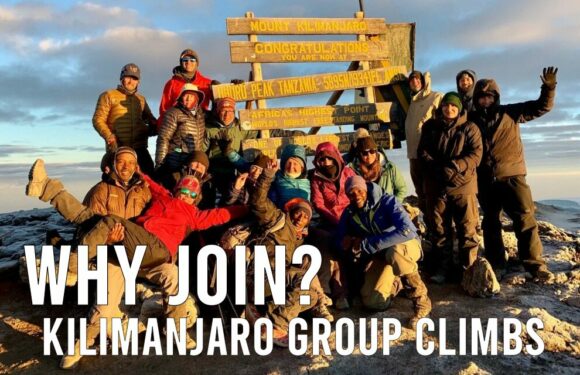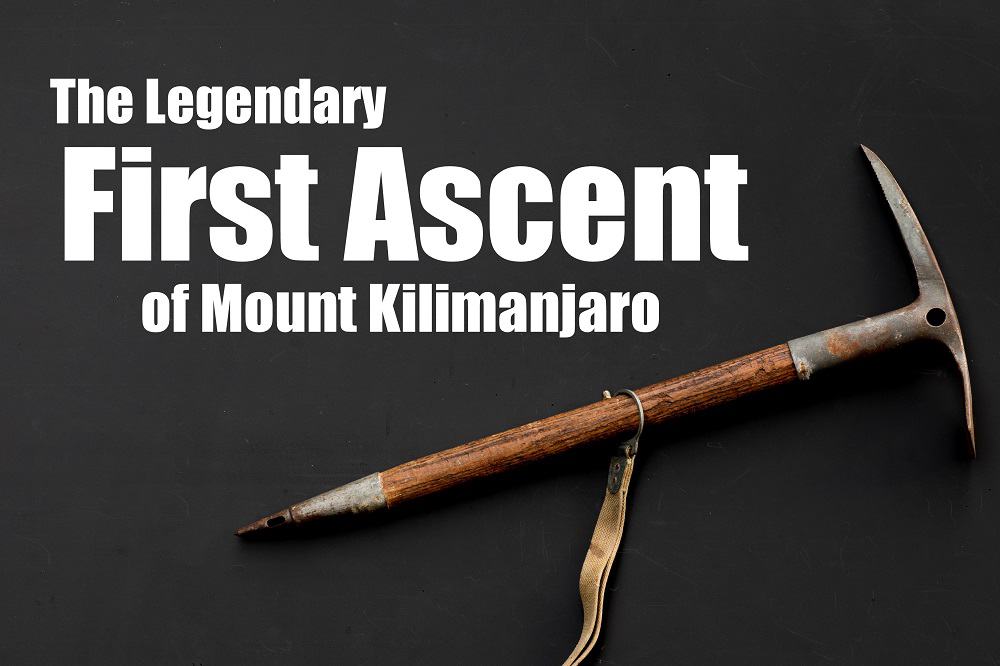
When it comes to the history of Mount Kilimanjaro, we have to pay tribute to the those who dared to venture where few had gone before. Among these trailblazers, the names Hans Meyer and Ludwig Purtscheller stand tall as the first to conquer Kilimanjaro.
Let’s delve into their backgrounds and personal journeys that ultimately led them to their legendary first ascent.
Hans Meyer: A Passion for Exploration
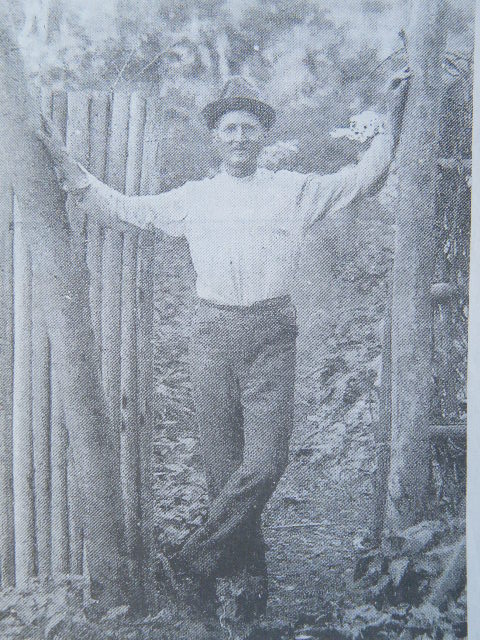
Hans Meyer, born in Leipzig, Germany, in 1858, was a multifaceted explorer and a visionary pioneer in the world of mountaineering.
As a young boy, Meyer displayed a keen intellect and a thirst for knowledge. He was a voracious reader, and his fascination with maps and geographical literature was evident from an early age. Meyer’s parents recognized his curiosity and encouraged his pursuits, providing him with a solid foundation for his future adventures.
Meyer’s interest in geography and exploration continued to deepen as he progressed through his education. He attended the University of Leipzig, where he pursued studies in geography and natural sciences. It was during this time that he began to dream of far-off lands and remote mountains.
While still a student, Meyer embarked on his first major expedition, traveling to the United States in 1879. This journey marked the beginning of his lifelong love affair with exploration. Meyer’s travels took him to the Andes in South America and the Rwenzori Mountains in Africa. These experiences served as a training ground for Meyer, honing his mountaineering skills and preparing him for the challenges that lay ahead.
Ludwig Purtscheller: Fearless Mountaineer
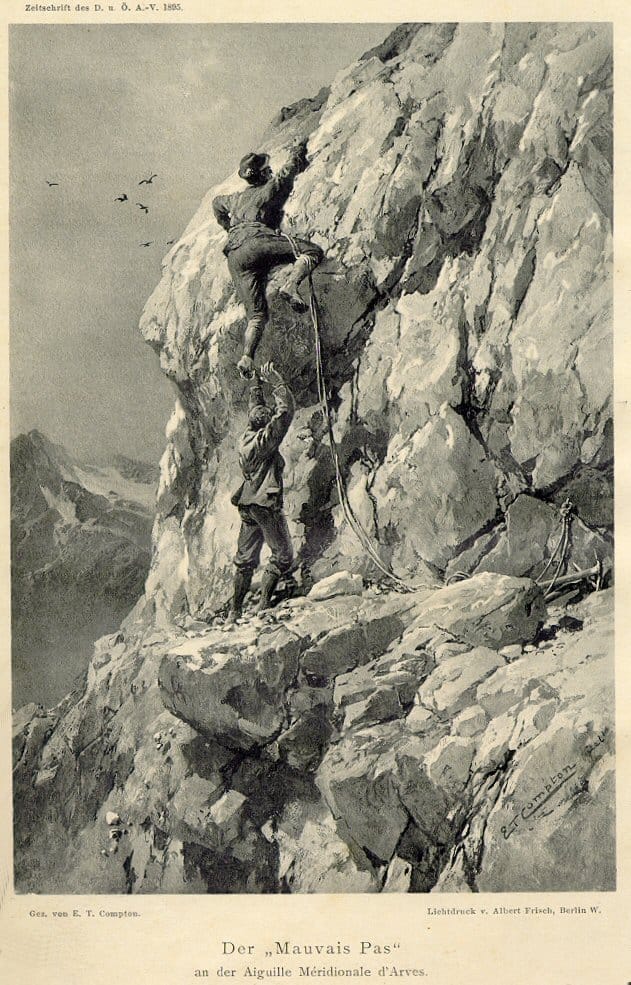
Ludwig Purtscheller, was born in Styria, Austria in 1854. Growing up, young Ludwig was surrounded by the peaks of the Austrian Alps. His childhood was filled with countless outdoor adventures which led him to develop a deep connection with the natural world.
As he entered his teenage years, Purtscheller’s passion for climbing and mountaineering began to take shape. He joined local hiking clubs and participated in alpine expeditions. These early experiences served as a training ground for the path that lay ahead.
Purtscheller’s occupation as a physical education teacher did not deter him from pursuing his passion for climbing. He balanced his job with frequent excursions to the Alps, where his reputation as a skilled mountaineer continued to grow.
During an era when alpine ascents typically involved the service of guides, Ludwig forged his own path up the mountains, braving adverse weather conditions and tackling new terrain.
The frequency with which he scaled peaks was nothing short of amazing. It was not unusual for him to conquer multiple summits in a single day, and soon, mountaineers throughout the Alps were abuzz with tales of his daring exploits. His physical strength and mental resilience became his hallmark traits, setting him apart as an alpinist of exceptional caliber.
Failed Attempts on Mount Kilimanjaro
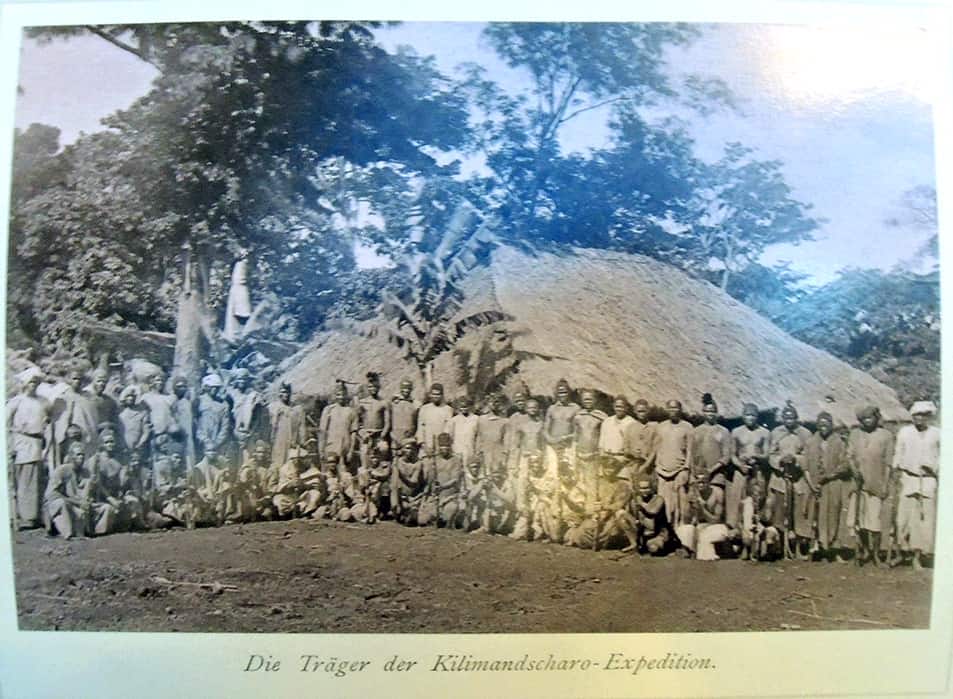
In the late 1880s, Kilimanjaro was a mountain shrouded in mystery.
Its snow-capped summit was an enticing challenge, yet it remained uncharted territory. The tales of Kilimanjaro’s imposing heights and untamed peak had reached Meyer, sparking his interest in the mountain.
Hans Meyer’s initial attempt to ascend Mount Kilimanjaro was in 1887, accompanied by Baron von Eberstein. During this expedition, he made it to the base of Kibo at 18,000 feet, but did not reach the 19,341 foot summit. He encountered numerous challenges, including logistical issues and difficulties with the equipment necessary to handle the deep snow and ice. However, this attempt laid the groundwork for his subsequent expeditions, as he gained valuable experience and insight on Kilimanjaro.
Undeterred by his first unsuccessful attempt, Hans Meyer returned to Kilimanjaro the following year, in 1888. This time, he was accompanied by a fellow climber and geologist, Oscar Baumann.
However, in a dramatic turn of events, an armed uprising took place in the coastal regions of present day Tanzania. The Abushiri Revolt interrupted Meyer’s climb as both men were captured and detained by rebels comprised of Arabs, Swahili traders, and indigenous Africans. Meyer and Baumann were released after a ransom payment was made to the rebel leader, Abushiri ibn Salim al-Harthi.
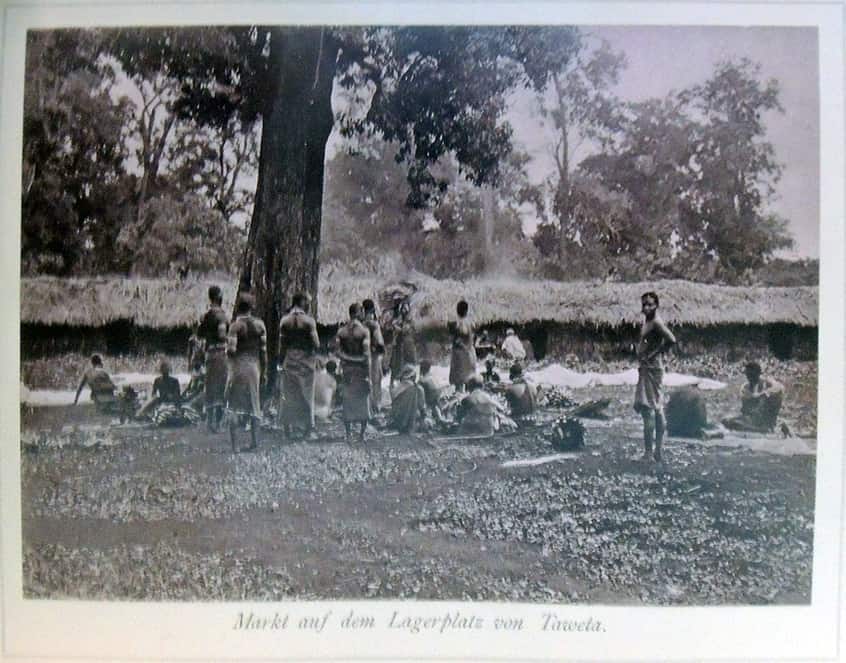
The Successful First Ascent of Kilimanjaro
The world of mountaineering was relatively small during that era, and news of noteworthy climbers and their exploits often spread through mountaineering circles. Meyer heard about Purtscheller’s impressive, independent ascents in the Alps and recruited him to particpate in climbing Kilimanjaro.
In 1889, the dynamic duo, Meyer and Purtscheller, set forth on their historic expedition to Kilimanjaro accompanied by local guide Yohani Kinyala Lauwo. All in all, the expedition team consisted of Meyer, Purtscheller, Lauwo, two local headmen, nine porters, three local supervisors, and a cook.
Meyer’s third attempt would prove to be the charm.
The team successfully reached the summit of Mount Kilimanjaro and recorded the first ascent of Africa’s highest peak.
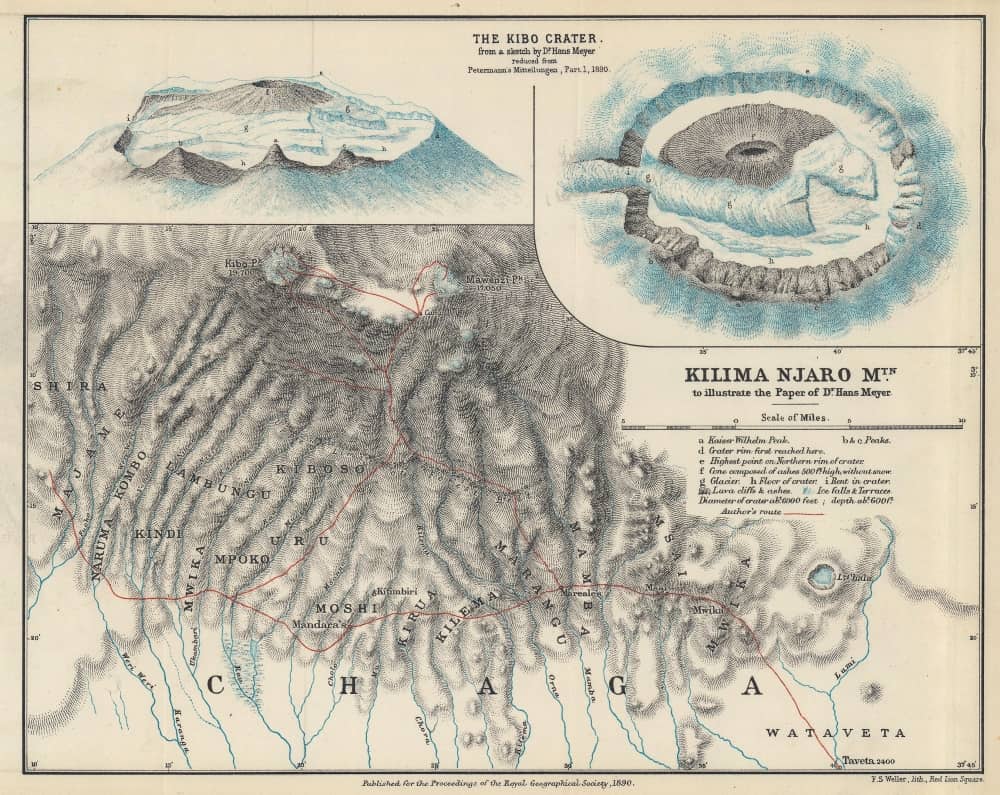
Meyer’s success can be attributed primarily to solving the biggest problem he encountered on his previous climbs – a shortage of food while on the upper slopes. To remedy this issue, Meyer established camps at various points along the route to the top.
These camps, strategically located at 12,980 feet, 14,210 feet, and 15,260 feet, served as bases for rest and acclimatization. More importantly, these camps allowed the team to make multiple summit attempts wihtout having to descend all the way down to get resupplied.
What Kilimanjaro was Like in Meyer’s Time
The Kilimanjaro than what we see today is much different than the mountain that Meyer faced.
Back then, the mountain was blanketed in much more snow than it currently bears, making the climb a far more technical and challenging feat than the snow-free route used by modern trekkers.
At one point, the entire summit of the mountain was covered in an ice cap estimated to be more than 300 feet deep. Meyer wrote that they painstakingly carved stairs out of the ice for each step as they approached the summit.
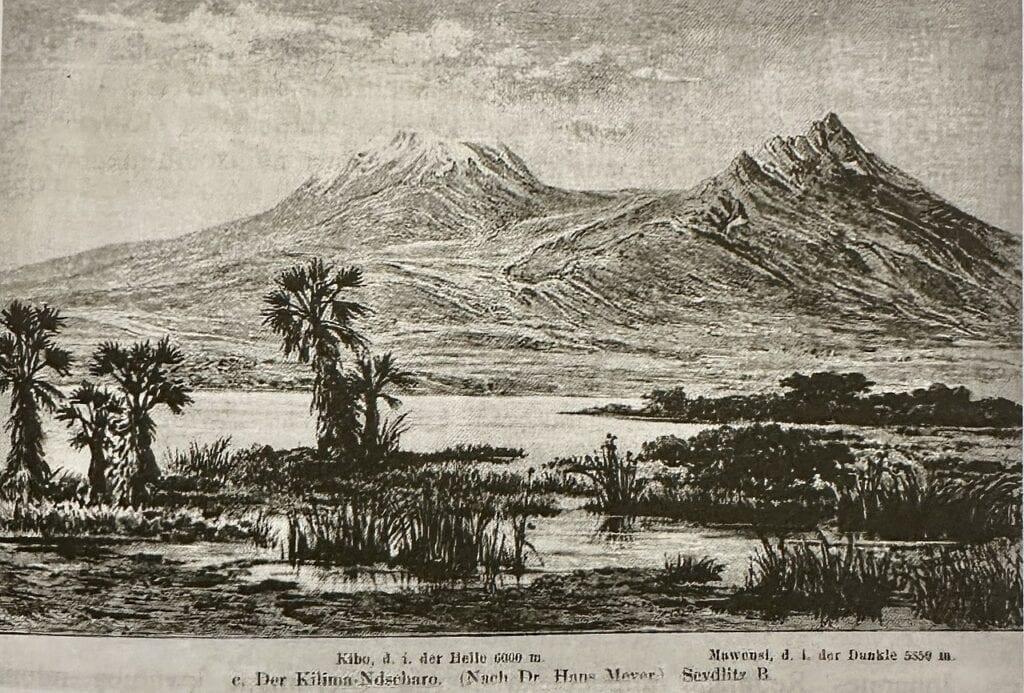
Since then, the mountain has undergone dramatic changes.
The mountain has lost a staggering 82% of its ice cap. Even more alarming, since 1962, it has shed 55% of its remaining glaciers, which have been rapidly receding over the past century. If the current rate of glacier recession persists, it is feared that the majority of Kilimanjaro’s glaciers could vanish entirely in the not-so-distant future.
The Enduring Impact on Kilimanjaro Tourism
Hans Meyer and Ludwig Purtscheller were more than adventurers; they were visionaries who defied the limits of human exploration. They opened the doors to Kilimanjaro, leaving a mark on both the mountain and mountain tourism. Their accounts of the climb ignited the interest of climbers across the globe. Kilimanjaro, once a perceived as impossible, emerged as an enticing challenge.
Today, as adventurers from every corner of the globe converge on Kilimanjaro, they tread in the footsteps of these pioneers. In the annals of mountaineering history, the names Hans Meyer and Ludwig Purtscheller are forever etched.



















































